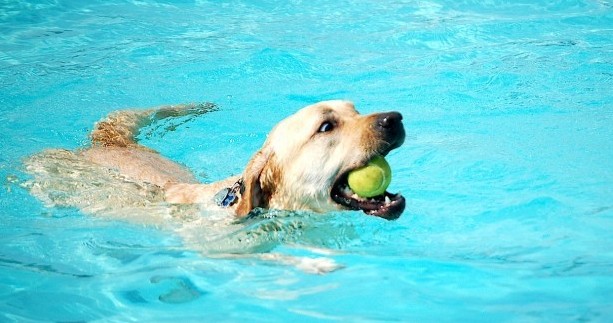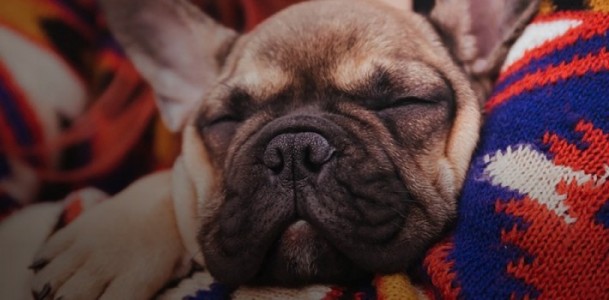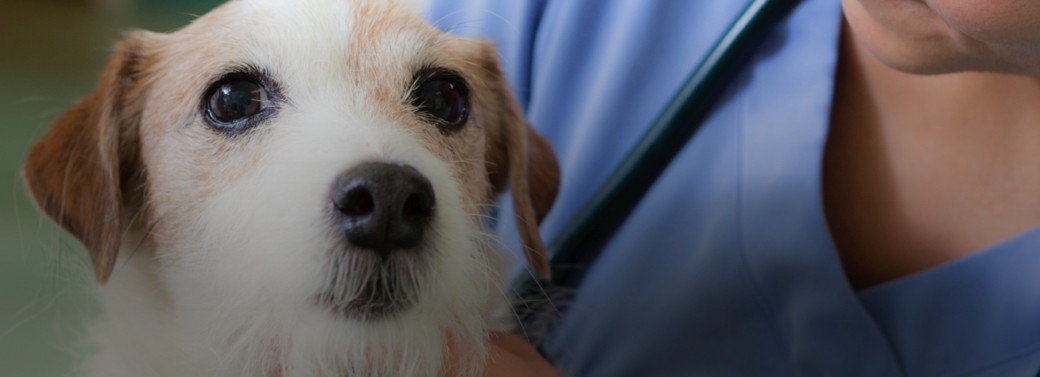Summer Pet Safety Tips

It’s that time of the year where we all love being outside enjoying the summer, including our furry friends. But just like you, they feel the heat and it’s important to make sure they’re taken care of in the hot summer sun.
Here are some tips to ensure your pet’s safety and comfort:
1. Understand your breed
Although all dogs should follow these guidelines in the summer heat, some breeds are more susceptible to heat induced problems than others.
- English Bulldogs
- French Bulldogs
- Pekingese
- Boxers
- Pugs
- Shih Tzu’s
- Boston Terriers
- Any brachycephalic dogs (dogs with flat faces)
2. Be cool, drink plenty of water
When planning a trip to the park with your pet, pack plenty of fresh, clean water. Although different breeds tolerate heat differently, pets can dehydrate very easily!
It’s important to take time out in the shade and cool down. We recommend spending at least 15 minutes in the shade cooling down for every hour that you’re out in the sun.
3. Stay alert, understand the symptoms of overheating
Be careful to not over-exercise your pets and keep them indoors when it’s extremely hot or humid. It is safest to exercise with your pet in the cooler hours of the day, either early morning or in the evening.
- Excessive panting or difficulty breathing
- Increased heart rate
- Drooling
- Weakness
- Vomiting
4. Never leave your pet in the car alone!
Please never leave your pet alone in the car. On a 78-degree day, the temperature inside a parked car can reach over 120 degrees in less than 10 minutes. On a 90 degree day, temperatures can reach over 160 degrees in less than 10 minutes.
5. Party Smart!
We all love our summer pool parties and barbecues, just try to remember some of the dangers these parties can bring to your pet. Some of these tips seem like common sense, but it never hurts to have a little reminder!
- Not all dogs are good swimmers, do not leave pets unattended by the pool
- Keep your pet away from the grilling supplies. Charcoal, lighter fluid, matches etc.
- Keep all food and beverages out of reach. Corn on the cob and ribs seem to be the main culprits in these emergency situations.
- Make sure all garbage cans are secure and stowed away. Your curious and hungry furry friend does not care that all the corn is off the cob, he or she will still make a dashing attempt at these tasty garbage snacks.
We hope these tips allow you and your pet to have a safe and enjoyable rest of summer!






 Email
Email



